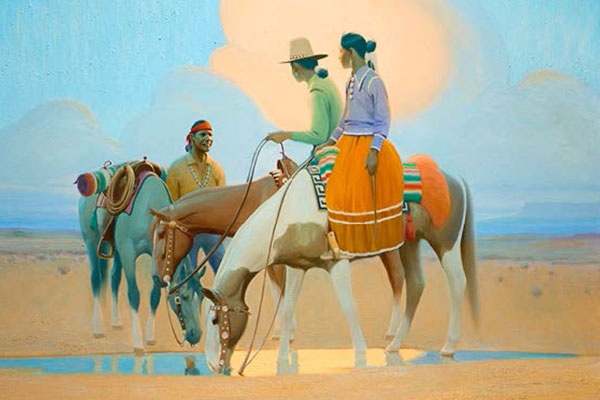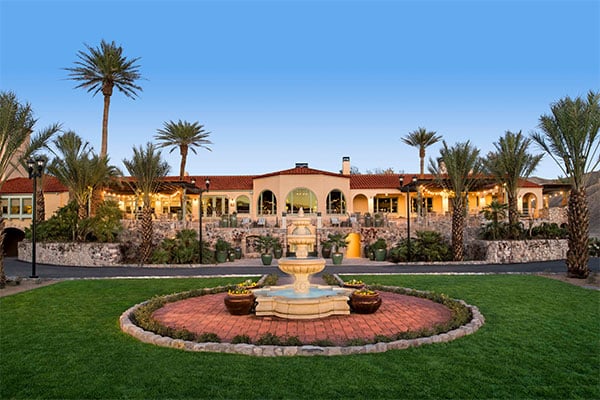The Inn at Death Valley: Desert Dining Dream
The desert has never tasted so good. Dine here and you’ll discover one of the most memorable restaurants at any American national park.
Along with marveling at sunrise from Zabriskie Point and visiting North America’s lowest point at Badwater Basin, for many Death Valley visitors no trip is complete without a meal in the beautiful and historic Inn Dining Room.
That’s especially true now that this restaurant at the AAA four diamond Inn at Death Valley has undergone a major redesign. As part of the 1927 inn’s multi-million-dollar improvement project — the most significant renovation of this iconic hotel in decades — the restaurant is more elegant than ever, while its menu features new and delicious bistro-style fare inspired by California and the American Southwest.
The desert has never tasted so good. Dine here and you’ll discover one of the most memorable restaurants at any American national park, an experience that ranks with the famous dining room at El Tovar hotel at the Grand Canyon.

“Cloud” by Gerard Curtis Delano
The Atmosphere
Although the opportunity to savor a gourmet dinner in the middle of one of the world’s most famous desert wildernesses has always been a unique treat, it’s fair to say that the experience at The Inn Dining Room has never been better.
The restaurant has always had an unmistakable appeal, but the renovation helped bring out the unique Western character of the dining room. Just look up! The plain tiles that covered the curving ceiling are gone, replaced by painted wooden beams that enhance the restaurant’s regional ambience. Gone too are the old light fixtures, which have given way to beautifully crafted iron chandeliers that strike a perfect balance between rugged and elegant.
There’s also a newly installed plank wood floor, while four banquettes, upholstered in Southwest hues and arranged around a center island, offer an appealing option for parties of more than four diners. Watching over these tables is famed artist Frederick Remington’s evocative bronze, The Mountain Man, just one of the Western art masterpieces from the collection of resort owner, Philip Anschutz, that gives the restaurant its timeless grace. Take a walk around the dining room, and you’ll also see works by such American masters as Maynard Dixon and Albert Bierstadt.
As appealing as the main dining is and while a few window tables look across the valley to the Panamint Mountains, it’s also hard to beat a meal out on the veranda, where you can enjoy the soft desert breezes and near-perfect Death Valley weather in winter. Colorful bougainvillea snake around the posts of the pergola, while the starkly beautiful Funeral Mountains provide a dramatic backdrop before night falls and thousands of stars brighten the sky.

Flavors of the Desert
From the moment you’re seated, you’ll realize that the dining room isn’t just another hotel restaurant. The attentive staff will bring out a breadbasket and instead of the usual suspects, you’ll find one of the restaurant’s traditional treats: house-baked date bread.
Many dishes incorporate regional ingredients, some found in the wild and others cultivated in the desert, which help give the restaurant its distinct sense of place. If the desert isn’t generally known for its agricultural bounty, date palms can thrive when given a bit of water. South of Death Valley, there’s a commercial date farm in Tecopa and the historic date palm groves at The Ranch at Death Valley, originally planted in the 1920s, have been restored.
For more travel experiences available from the Xanterra Travel Collection® and its affiliated properties, visit xanterra.com/stories.
Written by: Matt Jaffe
Specializing in California, the Southwest, and Hawaii, Matt Jaffe is an award-winning former senior writer at Sunset magazine and contributes to a variety of publications, including Los Angeles, Arizona Highways, and Westways. His books include The Santa Monica Mountains: Range on the Edge and Oaxaca: The Spirit of Mexico.